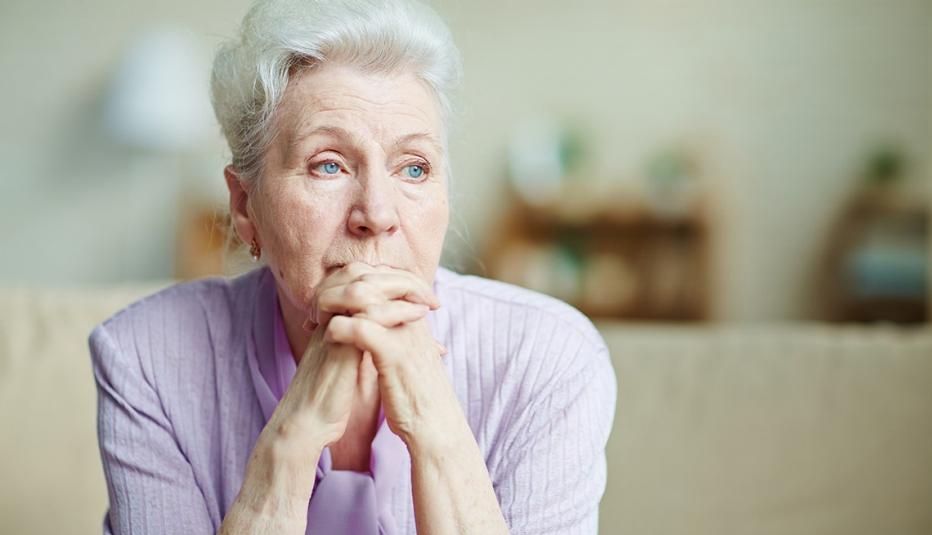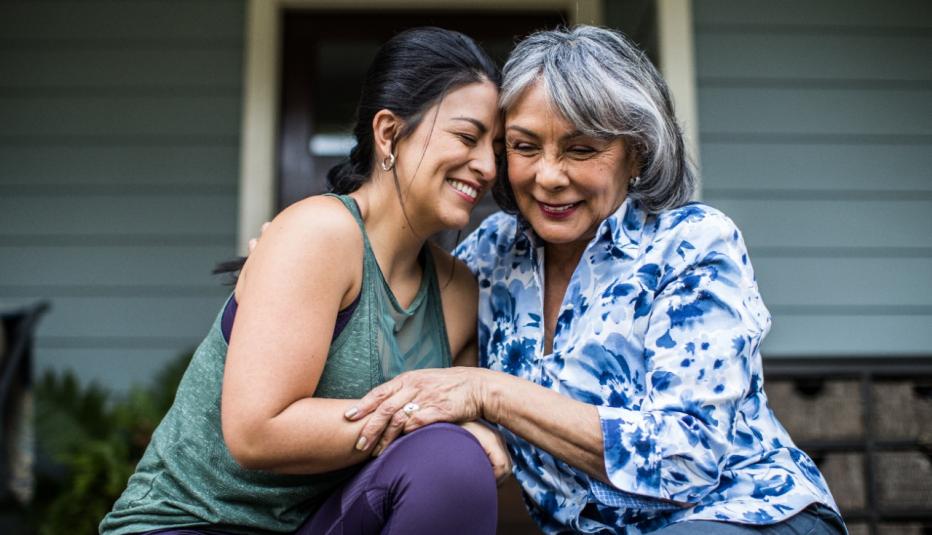AARP Hearing Center
G. Oscar Anderson, AARP Research
Colette Thayer, AARP Research
When it comes to understanding social isolation, myths around the condition still persist and most Americans age 40 and older don’t see its potential to impact their own lives, a new AARP Research study finds.


Social isolation goes beyond the temporary feeling of being alone, and instead refers to an objective condition that involves quantifiable measurements such as the size of one’s social network, availability of transportation, and ability to access resources and information. The condition can be literally dangerous to one’s health. Yet this latest study shows that just 41% of adults over 40 understand that loneliness and social isolation are not synonyms for the same condition.
Social isolation is often the result of a variety of factors, but about 67% of respondents mistakenly believe (or are unsure whether) it is usually brought on by a single event such as death of a spouse or moving to a new house. Another 42% adhere to the myth that being socially isolated is a choice, according to the online survey of 1,300 Americans over age 40, which was conducted in June 2018.
Overall, many respondents are aware of some of the potential physical effects of isolation: 49% of those surveyed agreed that social isolation can have a “great deal” of impact on a person’s physical health. Yet there is a disconnect when respondents considered the potential impact on their own lives.
Only 19% of adults 40+ say they are concerned about becoming socially isolated as they age. Younger adults are more worried than older ones. About 26% of Americans in their 40s and 21% of those in their 50s are extremely or very concerned about social isolation later in life, while 16% of those in their 60s and 11% in their 70s feel that way. Latinos have higher rates of trepidation about the issue than non-Latinos, with 37% registering as being extremely or very concerned about aging and isolation.
And while close to half of those surveyed do associate a significant physical impact with social isolation, most people age 40+ seem to be unaware of the sheer level of physical toll it can take. Just 28% understand that the health risks of prolonged social isolation are the equivalent of smoking 15 cigarettes a day.
Further, medical practitioners are missing an opportunity for action. Health issues are seen by mid-life and older adults as a major contributor to social isolation, yet just 15% of adults over 40 (and 10 percent in their 60s) have been asked by a medical practitioner during an exam about loneliness or social isolation.
Methodology
This online survey of 1,300 adults age 40 and over was fielded from June 14-24, 2018. The sample was drawn from AARP’s proprietary online panel (age 35+) and respondents were screened by age. Quotas were set on age by decade, region and Hispanic/Latino ethnicity. An oversample of 300 Hispanic/Latino respondents was included. The data are weighted by gender, race, age, Hispanic ethnicity, marital status, census division, age, and income to benchmarks from the March 2018 Current Population Survey (CPS) for persons age 40 and older, with a secondary weight for the Hispanic/Latino oversample. Raked weights are estimated using Random Iterative Method (RIM) weighting. For more information contact G. Oscar Anderson at ganderson@aarp.org.
Suggested Citation:
Anderson, G. Oscar, and Colette Thayer. Social Isolation: Myths vs. Realities Among Adults Age 40 and Older. Washington, DC: AARP Research, July 2018. https://doi.org/10.26419/res.00234.001
MORE FROM AARP































































